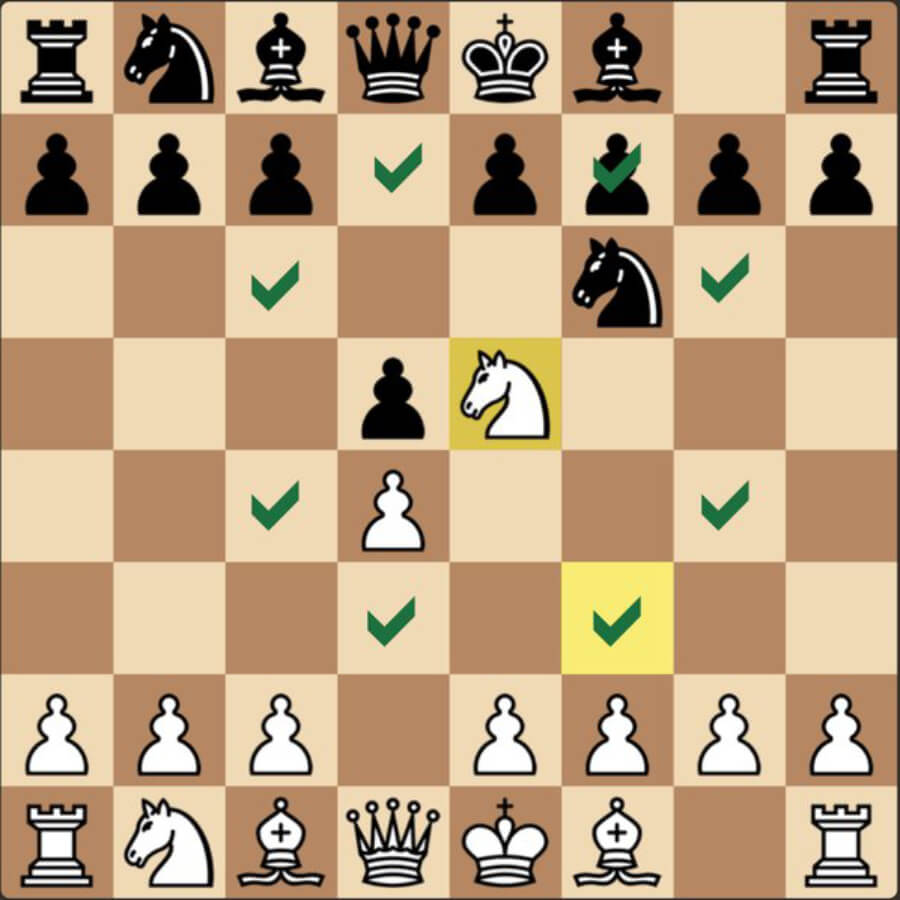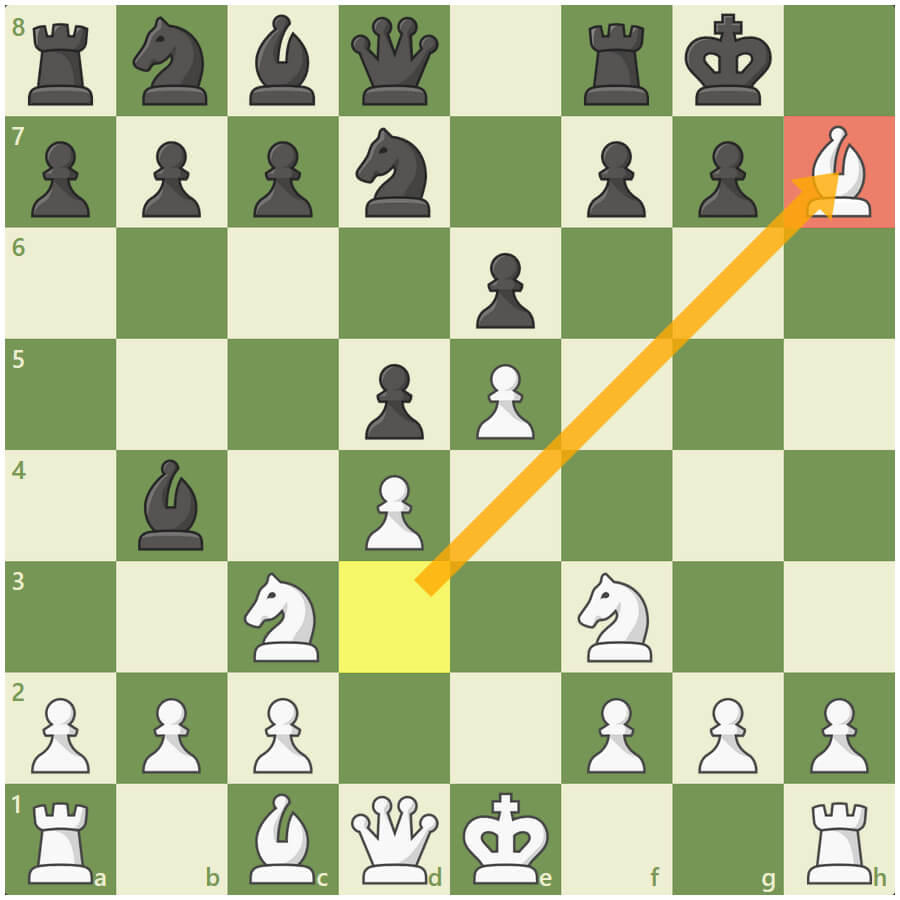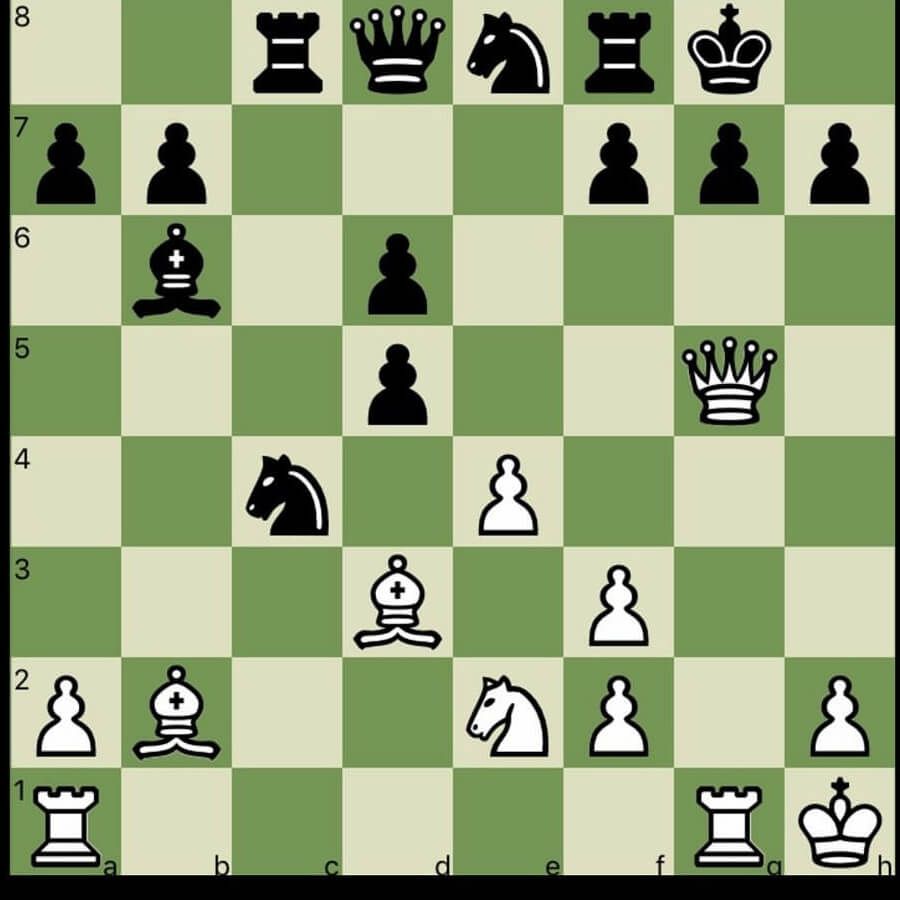No products in the cart.
Chess Rules & Instructions
Positional vs Strategy vs Tactics: All Important In Chess
Positional play, strategy and tactics are all crucial aspects of chess and contribute to a player’s overall understanding and success in the game. While they are interconnected, each of these elements has its distinct focus and importance in chess.
Table of Contents
Positional Play
Positional play in chess refers to the strategic aspect of the game that involves optimizing the placement and coordination of pieces on the board to achieve long-term advantages. Unlike tactical play, which focuses on short-term combinations and capturing material, positional play emphasizes the overall positioning of pieces, control of key squares, pawn structure, and the creation of favorable imbalances.
Here are some key principles and ideas related to positional play in chess:
1. Pawn Structure: The pawn structure refers to the arrangement of pawns on the chessboard. Different pawn structures create different strategic opportunities and plans. Understanding the strengths and weaknesses of the pawn structure can help guide piece placement and determine future plans.
2. Central Control: Central control is crucial in chess. Controlling the center of the board with pawns and pieces provides flexibility, better mobility, and the ability to launch attacks on both flanks. Placing your pieces actively in the center and limiting your opponent’s central control is a fundamental principle of positional play.
3. Piece Coordination: Coordination between pieces is essential for effective positional play. Pieces should support and complement each other, creating a harmonious setup. Coordination allows for an efficient defense, effective attacks, and the ability to control important squares and lines.
4. King Safety: Keeping the king safe is of utmost importance in positional play. This involves castling early, creating a solid pawn shield in front of the king, and avoiding unnecessary weaknesses around the king’s position.
5. Exploiting Weaknesses: Positional play often involves identifying and exploiting weaknesses in the opponent’s position. These weaknesses can be structural, such as pawn weaknesses or weak squares, or they can be related to piece placement or coordination. Exploiting weaknesses can lead to long-term advantages, such as gaining material or positional superiority.
6. Long-term Planning: Positional play requires long-term planning. It involves formulating strategic goals based on the position, pawn structure, and piece activity. Planning might include ideas like pawn breaks, piece maneuvers, and the creation of favorable imbalances to improve your position.
7. Prophylaxis: Prophylactic thinking is an important aspect of positional play. It involves anticipating your opponent’s plans and taking preventive measures to neutralize or counter them. Prophylactic moves can help maintain your position’s solidity and restrict your opponent’s options.
8. Piece Exchanges: Deciding when and how to exchange pieces is a critical positional decision. Exchanging strategically important or poorly placed pieces can enhance your position, simplify the game, or alleviate pressure. Conversely, avoiding exchanges can maintain tension and give you more opportunities for initiative and attacking chances.
Positional play requires a deep understanding of the game’s strategic aspects and the ability to assess positions accurately. It often involves strategic maneuvering, patience, and a long-term perspective. By applying these principles, players can gradually accumulate advantages, improve their positions, and increase their winning chances.
Strategy
Strategy in chess refers to the overall plan or approach that a player adopts to achieve their objectives during a game. It encompasses the long-term decision-making process, which guides the player’s moves and tactics. Strategic ideas in chess are based on principles of piece activity, pawn structure, king safety, and control of the board.
Here are some key elements of chess strategy:
1. Opening Strategy: The opening phase sets the foundation for the rest of the game. Players aim to develop their pieces harmoniously, control the center, and create favorable pawn structures. Opening strategies can vary based on the player’s style and the chosen opening repertoire.
2. Piece Activity: Active piece play is crucial in chess. Strongly placed pieces control key squares, contribute to the overall position, and can exert pressure on the opponent. It is essential to develop pieces efficiently, avoid unnecessary piece shuffling, and strive for optimal coordination and cooperation between the pieces.
3. Pawn Structure: The pawn structure has a significant impact on the strategic plans in chess. Players should evaluate the strengths and weaknesses of their pawn structure and adjust their strategies accordingly. Understanding concepts like pawn breaks, isolated pawns, backward pawns, and passed pawns is crucial for strategic decision-making.
4. King Safety: Keeping the king safe is a strategic priority. Castling early, maintaining a solid pawn shield, and avoiding exposing the king to potential attacks are important considerations. A secure king provides stability and allows the player to focus on other strategic elements of the game.
5. Control of Key Squares and Lines: Gaining control of important squares and lines is a strategic objective. It involves placing pieces on active squares, exerting pressure on the opponent’s position, and limiting their options. Controlling key diagonals, files, and ranks can lead to tactical opportunities and long-term advantages.
6. Centralization: Centralizing the pieces is a strategic principle that aims to maximize their influence on the game. Placing pieces in the center allows for greater mobility, flexibility, and the ability to launch attacks on both flanks. Centralization is often associated with increased piece activity and better coordination.
7. Exchanges: Knowing when to exchange pieces is a strategic decision. Exchanging strategically important or poorly placed pieces can improve the position, simplify the game, or alleviate pressure. Conversely, avoiding exchanges can maintain tension and give the player more opportunities for initiative and attacking chances.
8. Planning: Developing and executing a plan is a key strategic element. Based on the evaluation of the position, pawn structure, and piece activity, players formulate strategic goals and make moves that align with their plans. Plans can involve ideas like pawn breaks, piece maneuvers, piece sacrifices, or targeting specific weaknesses in the opponent’s position.
9. Evaluation and Adaptation: Continuously evaluating the position and adjusting the strategy is essential. Players need to assess the changing dynamics, identify critical moments, and adapt their plans accordingly. Flexibility and the ability to switch between different strategic ideas are important skills in chess.
It is important to note that strategic considerations in chess are often intertwined with tactical possibilities. A successful strategy incorporates both strategic and tactical elements, allowing players to exploit opportunities and convert advantages. Developing a good understanding of strategic concepts and practicing their application through analysis and gameplay can significantly enhance a player’s overall chess performance.
Tactics
Chess is a complex and strategic game that requires careful planning and tactical thinking. Here are some common tactics used in chess:
1. Fork: A fork involves attacking two pieces simultaneously with one move. For example, a knight may attack both a rook and a bishop, forcing the opponent to choose which piece to save and potentially losing the other.
2. Pin: A pin is a tactic where a piece is immobilized because moving it would expose a more valuable piece behind it. For instance, if a bishop is pinned to the king by a rook, moving the bishop would expose the king to a check.
3. Skewer: A skewer is a tactic similar to a pin, but with the order reversed. In a skewer, a valuable piece is attacked, and if it moves, a less valuable piece is exposed to capture. An example is a queen attacking a rook, and if the rook moves, a bishop behind it is captured.
4. Double Attack: A double attack involves attacking two pieces at once, forcing the opponent to choose which piece to defend. This tactic can lead to material gain or positional advantage.
5. Discovered Attack: A discovered attack occurs when a piece moves, revealing an attack by another piece behind it. This can create threats against the opponent’s pieces or create new opportunities for capturing material.
6. Back Rank Checkmate: This tactic involves trapping the opponent’s king on the back rank (the first rank for White, the eighth rank for Black) using a rook or queen, resulting in checkmate.
7. Zwischenzug (Intermediate Move): This tactic involves inserting an unexpected move in between a series of moves. It often disrupts the opponent’s plans or gains an advantage by forcing a specific response.
8. Sacrifice: Sacrificing a piece or pawn is a tactical maneuver used to create an advantageous position. Sacrifices can open up lines, weaken the opponent’s king’s safety, or gain material or positional compensation.
9. Zugzwang: Zugzwang is a situation where any move a player makes will worsen their position. It is a powerful tactical concept, often used to force the opponent into a disadvantageous position.
10. X-Ray Attack: An x-ray attack occurs when a piece behind another piece attacks a target through the first piece. This tactic is commonly seen when a rook or queen attacks a piece that is defended by another piece.
These are just a few examples of tactics in chess. Mastering these tactics and understanding their applications is crucial for successful gameplay.
In practice, these elements are intertwined, and a successful chess player must have a balanced understanding and application of all three. Positional understanding provides the foundation for strategic decision-making, while strategic plans set the stage for tactical opportunities. Likewise, tactical acumen often relies on the player’s positional and strategic assessment of the position.
The relative importance of these elements can vary depending on the specific position, playing style, and individual strengths of the players involved. However, a well-rounded player strives to cultivate proficiency in all three areas, constantly seeking to improve their positional understanding, strategic planning, and tactical skills to make informed and effective decisions during a game.




